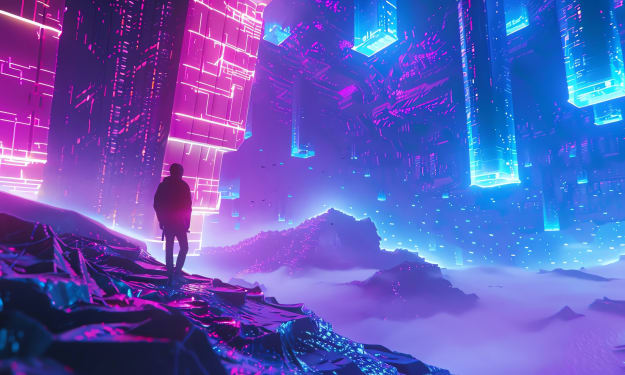
3D Printing: Revolutionizing Manufacturing and Beyond
3D Printing: Revolutionizing Manufacturing and Beyond
Picture this: you're in your local coffee shop, enjoying your morning latte. As you watch the barista grind beans and froth milk, you suddenly realize that the cup you're drinking from was not made in a factory, but rather in a 3D printer. Sounds like science fiction, right? Yet 3D Printing, also known as additive manufacturing, has already begun to revolutionize the manufacturing industry, and is poised to change our world in ways we can't even imagine.
At its core, 3D Printing is a process of transforming digital designs into three-dimensional objects. It works by layering material, one slice at a time, until the final product is created. This technology has come a long way since its inception in the 1980s, evolving from a niche manufacturing technique to a mainstream one that has the potential to disrupt traditional manufacturing methods.
One of the main advantages of 3D Printing is its ability to create complex shapes and structures that are difficult or impossible to produce using traditional methods. This can lead to more efficient use of materials, reduced waste, and lower costs. For example, in the aerospace industry, 3D Printing is being used to create parts and components that are lighter, stronger, and more intricate than those that could be produced using traditional manufacturing techniques. These parts can then be assembled into more fuel-efficient planes, leading to cost savings and reduced environmental impact.
Another advantage of 3D Printing is its ability to customize products on a large scale. In the medical industry, this has led to 3D-printed medical devices and implants that are perfectly tailored to an individual patient's unique anatomy. This has improved surgical outcomes and patient satisfaction, and has the potential to reduce recovery times.
But 3D Printing isn't just about manufacturing. It has the potential to revolutionize a wide range of industries, from fashion to construction. In the fashion industry, designers are exploring the use of 3D Printing to create unique, customizable clothing and accessories. In home construction, 3D Printing is being used to build houses in a matter of days rather than months, potentially revolutionizing the way we think about housing.
Despite its many advantages, 3D Printing still faces some challenges. One of the main challenges is the cost of the technology. While the cost of 3D Printing has come down significantly over the years, it still remains relatively expensive, particularly for small businesses and individuals. Another challenge is the environmental impact of 3D Printing. While the technology can reduce waste in some cases, it can also generate significant amounts of plastic waste if not managed properly.
As with any new technology, there are also concerns about the impact of 3D Printing on jobs. While the technology has the potential to create new industries and jobs, particularly in areas such as design and engineering, it could also lead to job losses in traditional manufacturing industries.
In conclusion, 3D Printing is a technology that is poised to change our world in significant ways. From revolutionizing manufacturing to creating customized medical devices, 3D Printing has the potential to unlock new possibilities and transform countless industries. As we continue to develop and refine this technology, it's important that we do so in a way that is environmentally sustainable and socially responsible, ensuring that the benefits of 3D Printing are shared by all.
About the Creator
zhao ajie
I specialize in writing articles in the genres of technology, horror, and science fiction. My works are creatively unique and combined with the latest technological developments, taking readers into fantastic and thrilling worlds.






Comments
There are no comments for this story
Be the first to respond and start the conversation.